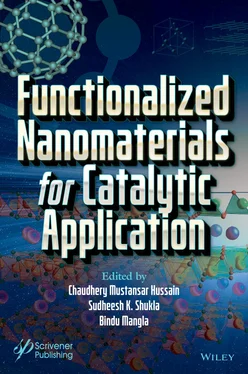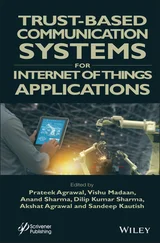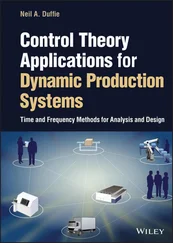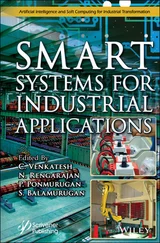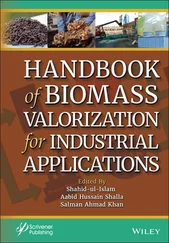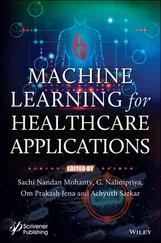1 ...8 9 10 12 13 14 ...18
1.7 Conclusions and Future Perspectives
In this existing scenario, presently, the whole world is confronting a critical water challenge. With a greater reason, persevering and safeguarding the prevailing fresh natural water reserves and new water segments is an immediate need, to overcome this global challenge faced. Reports of WHO (water hygiene and sanitation) infer that 1,870,998 people (WHO 2019), especially below the age group of 5 [(361,000 deaths) (WHO 2014)], die every year, due to unsafe water supplies, caused by contaminations in aquatics [220].
In a broader perspective, nanotechnology affords better promises to solve the existing crisis, ensuring a good quality potable/consumable water by eliminating the undesirable harmful biological and chemical contaminants from water bodies. The salient features that make the NMs occupy a highest platform in the environmental remediation methodologies are (1) a greater ratio of surface:volume, (2) high stability and reactivity, (3) assorted morphological shapes and sizes, and (4) good reusability. Henceforth, NMs find their way to detect and eliminate the unmanageable contaminants (toxic gases, noxious heavy metals, toxin organics, and undesirable biological components) form the water bodies in an effectual way [221].
Similarly, the risks to human health caused by contaminants in food and water (pesticides, metallic debris, industrial wastes, dyes, and drugs) can be well curtailed, when detected with the help of NMs. NMs (FNMs: QDs, CQDS, CNQDs, MWCNTs, and MNPs) as sensors or biosensors, are found to be self-reliant, efficient, and cost-effective. The noteworthy exceptional thermal and chemical, mechanical, and electro-optical features render NMs to function as a trouble-free, inexpensive, and rapid tool in detecting the toxins present in food and water [222].
Analogously, various environmental methodologies (nano-photo catalysis, membrane process (nanofiltration), nano-adsorption, and nanosensing) are employed to protect the water system [20]. Nanocatalyst with advantageous modes of coordination like ·radical reactions, e −transfer, redox (photo), atomic/molecular interaction (π-π, electro-static, H-bond, and Van der Waals), ligand transference, and adsorption aids in supporting the nanocatalytic activities [223].
Functionalization offers an improved resolution to tackle the hitch delivered by simple NMs. FNMs as nanocatalysts like membranes, adsorbents, and electrodes, utilizing the natural resource of solar light/electrical energy, help in degrading the TP, thus, ultimately in overcoming the bottle-neck faced while using the traditional products. Thus, effective functionalization can be achieved by adopting numerous options available based upon the requirement of the situation. Direct, post-synthetic, co-condensation, grafting (polymers), physisorption (non-covalent), chemisorption (covalent), surface oxidation, doping heteroatoms, alkali activation, sulfonation, polymer coating, and many more. Hence, delivering an improved shift in significant properties like chemical compatibility, wettability, texture with augmented unique surface-area/pore-volume, absorptivity, and enhanced mechanical-strength [20].
Every new technological advancement has its own significant demerits and merits for toxin elimination. The problems confronted in effluent-water or in other water management systems by NMs are significantly important. However, most of them primarily are only transient (trials conducted or financial). It is anticipated that new novel advancements in nanotechnology by cautious management evades unintended outcomes and can incessantly deliver a robust output in effluent-water or in other water management. The cost of time and money, energy consumptions, and compatibility of the subsisting substructure will govern the full-scale utilization [224].
As a wrap up, application of different types of FNMs used for remediation of TPs like organics (dyes, drugs, pesticides, health care, and endocrine disruptors) from (industrial/pharmaceutical) effluents, and agricultural debris/biological/inorganics (heavy-metals and carcinogenic components) have been discussed and summarized, in reference to optimization requirement and key role enhancers.
FNMs as nanocatalyst are segmented and reviewed as EC, EFC, PF catalyst, PCs, and anti-microbials, with various informative trials delivered in the recent past for protecting the water resources. FNMs supported on NRs, NFs, NWs, NTs, NPs, and NSs, of metal/metal-oxides, MNPs, carbonaceous (G/GO/CNT/fullerenes/g-C 3N 4), QDs, CQDs, nitrides, and natural/synthetic polymers (chitosan) as some essentials have delivered a non-toxic, less-energy, cost-effective, and multi reusable products, for sustainability. Economic deliverables are noticed while using functionalized membrane/adsorbents that offer a better solution and multi-reusability to get rid of the contaminants like organismal (protozoa, bacteria, viruses, fungi), organic material, colloidal or suspended micro/macro solids, and metallic/nonmetallic present. The potential resistance of bacterial toward broad-spectrum antibiotics lowers the intensity and increases the quantity of the drugs to be administered. Similarly, the useful bacteria in the aquatic system are devoid of their potency by these drugs that pollute the water system.
Ongoing challenge for scientific community is to develop and produce competent components with high mechanical and electronic properties, economical, bio-degradable and eco-friendly, not for a single platform but, for a large-scale wider application. The cross-intermingling interaction between the base-hosts and supporters as surface modifiers is responsible for high stability and potentiality for field submissions for natural water/waste effluent water management are some noteworthy points in developing and utilizing the FNMs.
With refined intrinsic characteristics, reusability and economical profits, FNMs are found to exhibit a vivid scope in water resource management. FNMs, although economical, should be tailored in a better way with ecological and health hazard concerns. Additionally, engineering and commercialization pertaining to market potentiality, with regulations and co-ordinating policies, need to be altered for eco-friendly approaches.
1. Savage, N. and Diallo, M.S., Nanomaterials and water purification: opportunities and challenges. J. Nanopart. Res ., 7, 331–342, 2005.
2. WHO-Drinking water, report-2019. “Progress on household drinking water, sanitation and hygiene 2000-2017: Special focus on inequalities. New York: United Nations Children's Fund (UNICEF) and World Health Organization, 26, 2019. https://www.who.int/water_sanitation_health/publications/jmp-2019-full-report.pdf
3. Yadav, S., Asthana, A., Singh, A.K., Chakraborty, R., Sreevidya, S., Susan, Md.A.B.H., Carabineiro, S.A.C., Adsorption of cationic dyes, drugs and metal from aqueous solutions using a polymer composite of magnetic/β-cyclodextrin/activated charcoal/Na alginate: isotherm, kinetics and regeneration studies. J. Hazard. Mater ., 409, 124840, 2021.
4. Raghav, S., Painuli, R., Kumar, D. et al ., Threats to water: issues and challenges related to ground water and drinking water, in: A New Generation Material Graphene: Applications in Water Technology , M. Naushad (Ed.), pp. 1–19, Springer, Cham, 2019.
5. Aashima, Mehta, S.K., Impact of functionalized nanomaterials towards the environmental remediation: challenges and future needs, in: Handbook of Functionalized Nanomaterials for Industrial Applications , C.M. Hussain (Ed.), pp. 505–524, Elsevier, Netherlands, Amsterdam, 2020.
6. Singh, S.B., Hussain, C.M. et al ., Functionalized nanographene for catalysis, in: Handbook of Functionalized Nanomaterials for Industrial Applications , C.M. Hussain (Ed.), pp. 111–129, Elsevier, Netherlands, Amsterdam, 2020.
Читать дальше
